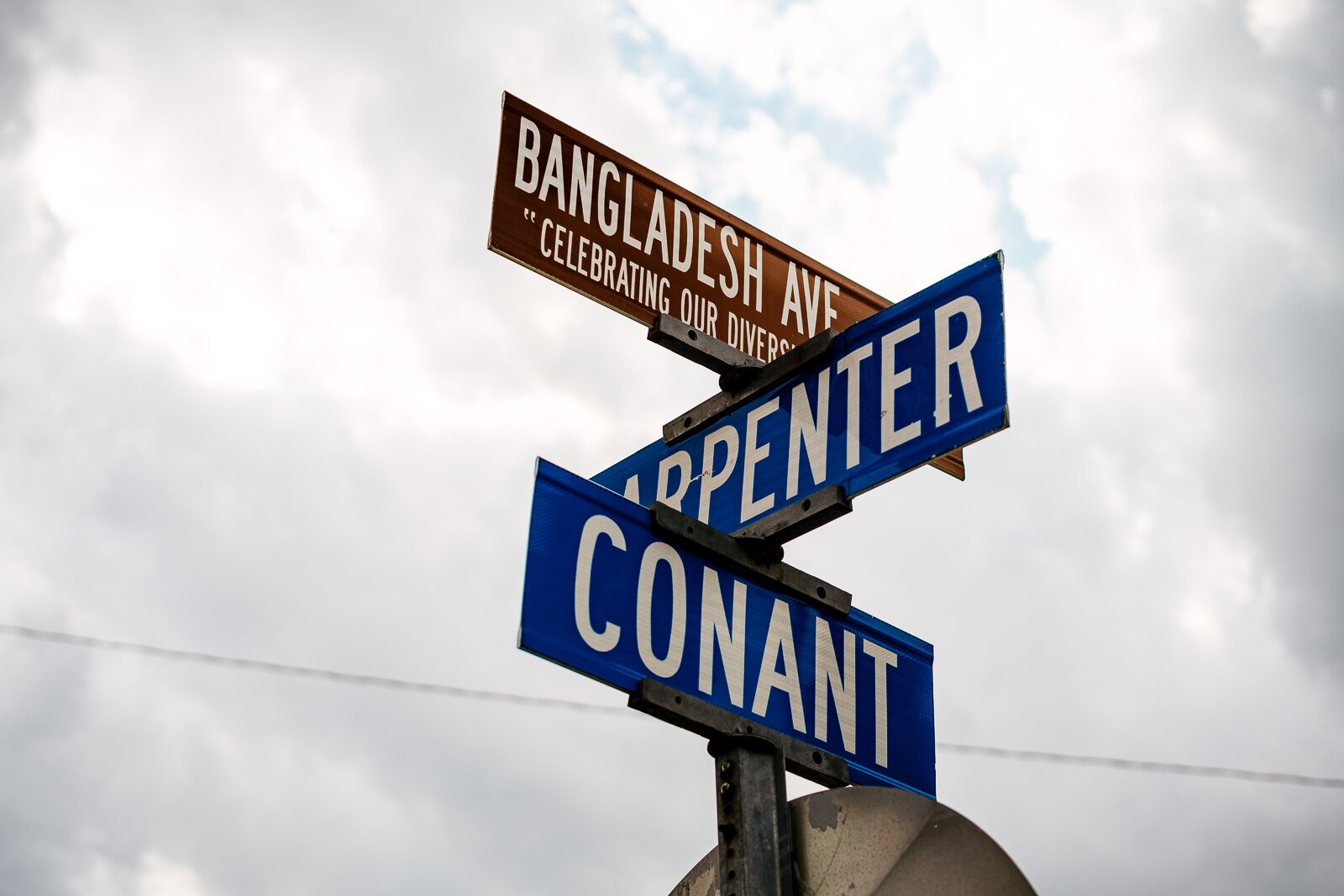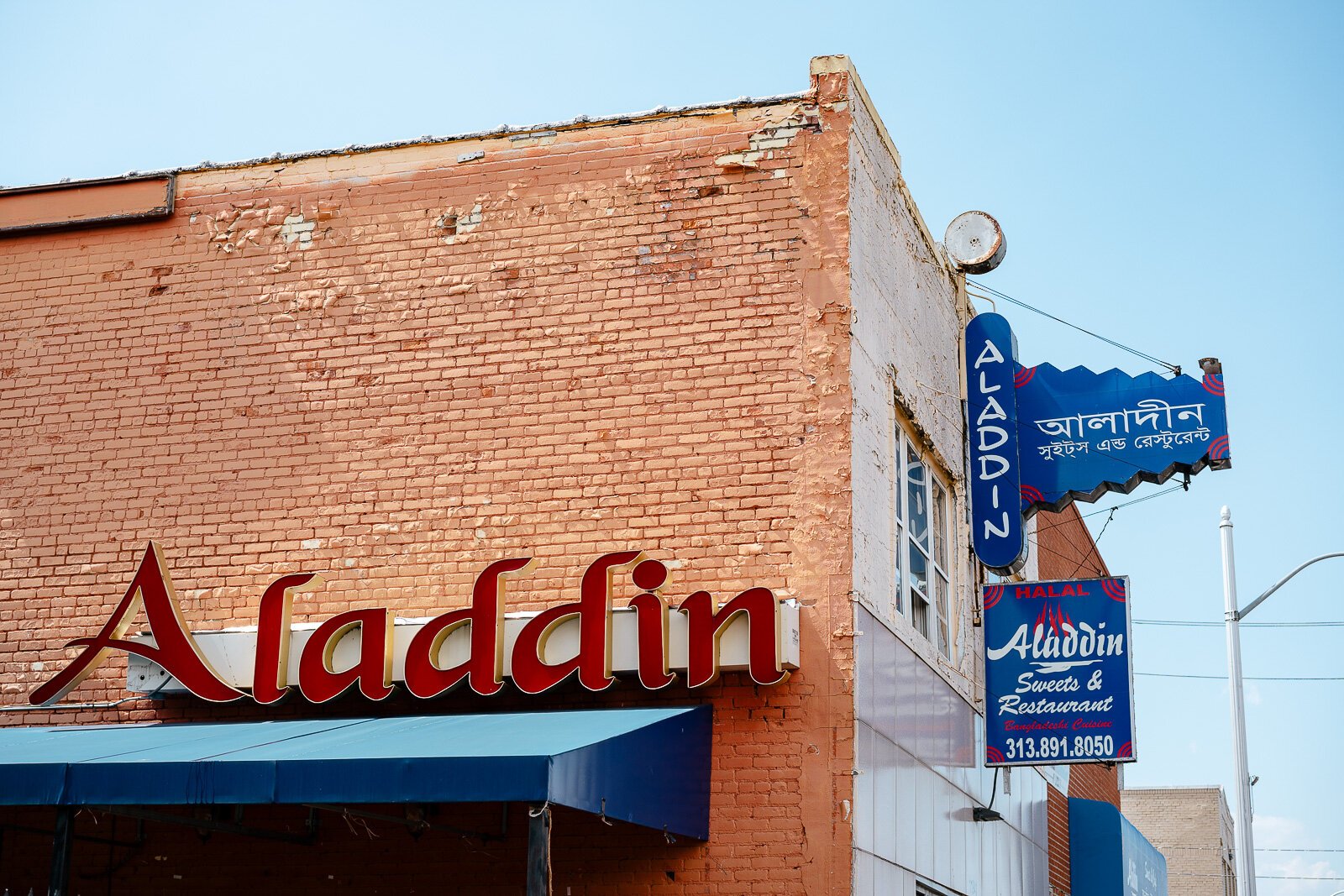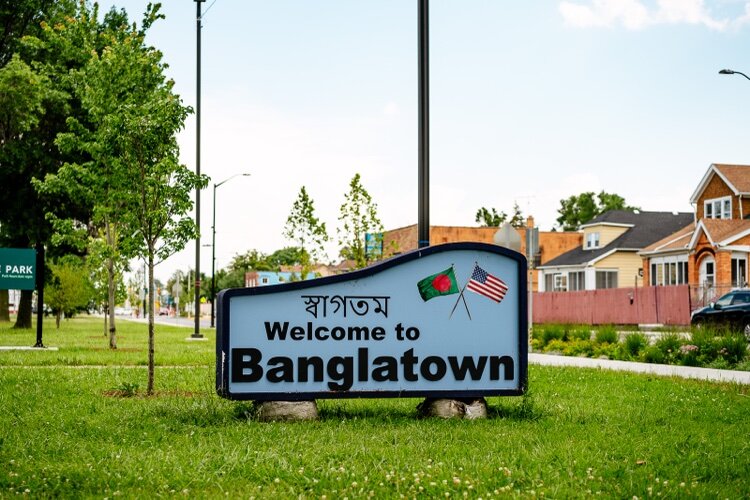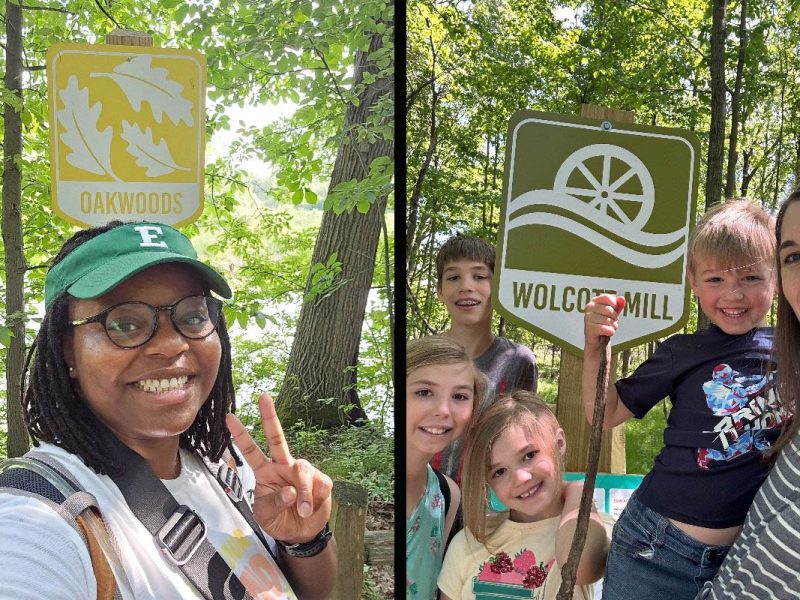Long untold story of Metro Detroit’s Bengali community comes to life in sprawling museum display
The community’s growing influence is starting to get the institutional recognition it deserves. Beginning in October, a new exhibit exploring the Bengali diaspora will be on display at the Hamtramck Historical Museum.
Since the 1920s – perhaps even earlier – immigrants from Bangladesh have been making their way to Metro Detroit, creating the footprint for today’s local Bengali communities, including Banglatown in Detroit and Hamtramck.
In the beginning, Bangladeshis had little-understood diaspora throughout the United States, sometimes overshadowed by what Americans understood about India, the home country’s larger neighbor. Over time, Bangladeshi immigrants and their descendants would come to make a significant impact on the demographics, culture and landscape of Hamtramck.
The community’s growing influence is starting to get the institutional recognition it deserves. Beginning in October, a new exhibit exploring the Bengali diaspora will be on display at the Hamtramck Historical Museum. The Museum focuses on the present and future of Hamtramck, as well as its past.
The still-unnamed exhibit will feature displays of art, textiles, language, sports and maps, honoring the resilience, creativity and contributions of Bengali immigrants who have helped shape Hamtramck’s already diverse cultural landscape.
“This exhibit is more than a historical record. It’s a living testament to the immigrant experience, and connects the past with the present,” said Rumana Rahman, an exhibit committee member and local food advocate. “It will serve as a bridge between generations, exploring the cultural wealth that immigrant communities contribute to the United States.”
The story of the Bengali diaspora has not been sufficiently documented and the exhibit planning has been difficult due to a lack of scholarly sources. The exhibit planners see this as an important step toward recording and documenting local history.
“I grew up in Detroit, and I didn’t see myself represented in anything,” said Fatema Haque, an exhibit committee member and Ann Arbor-based embroidery artist. “It’s important for people to see themselves reflected in their community’s history.”
Two important parts of the art and textile displays will focus on rickshaw art and nakshi kantha, which are hand-embroidered quilts.
Rickshaws, which originated in Japan, have long featured art in East Asian cultures, but Bengalis have taken rickshaw art to a new level. Bengali artists often use rickshaws to share their opinions and protest policies they disagree with. Examples include images expressing political dissent or a desire for religious freedom. As part of the exhibit, images of this art will be on display as well as a model rickshaw.
Nakshi kantha are functional quilts that are embroidered to tell stories about the lives of those who construct them. They can be used to express love for family members and demonstrate political views.
Even for Bengalis, the languages and dialects of the country can be a little mysterious. The exhibit will also explore the linguistic diversity of Bangladesh and will display depictions of script by local high school students.
“It’s a way to share my heritage and culture with the community,” said Habiba Chowdhury, a high school student and exhibit committee member who is leading the effort to collect script art. “I don’t want to forget my past. It’s important to be proud of where you come from.”
Cricket, a popular sport abroad, is also featured in the exhibit, a reflection of its intense following among Bengalis. Many describe its popularity as similar to that of the Super Bowl in the United States.
Displays on the spiritual traditions of Bangladesh will share the diversity of its religions which include Islam, Christianity and Buddhism.
Lastly, an interactive map will highlight the stories of Bengalis throughout the region.
These displays are just the start of what planners hope to be a growing, dynamic exhibit.
“We’d love for people to take it and add to it,” Haque said. “We’re looking for input in the form of suggestions and donations. We want it to be a living, changing exhibit.”
Members of the public will have their first chance to experience the exhibit on September 21 from 1 – 2:30 p.m. at the Hamtramck Historical Museum. A workshop on nakshi kantha will provide an interactive experience and an opportunity to share feedback on the exhibit. The event is free and open to the public.
The exhibit is not only for Bengalis, but for anyone in the community interested in getting to know their fellow residents.
“It’s interesting to learn something new about our friends and neighbors,” Haque said. “When we get to know others, we make our community stronger.”
Additional information on the exhibit, including its opening date, will soon be available on the Hamtramck Historical Museum’s website.








